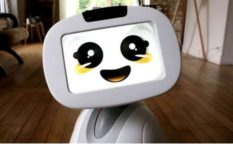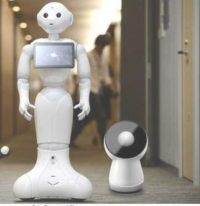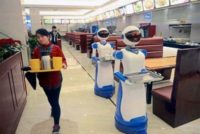We have long talked about the importance of geographic advantage in establishing a well-adopted public cloud platform. In recent years, with the broader adoptance of global digital economy and the progessing views of “data as assets”, geographic advantage has become more a daily topic of discussion for cloud providers, while almost all enterprises are debating how and where to protect their business data.
It appears globalization may experience a temporary retreat at the moment, but the trend for adopting more digital innovations including cloud and mobile services are not slowing down at all. After a few years of unexpected Covid pandemic striking across the globe, we failed to see more cordial collaborations or understandings among nations, but instead, we see increasing competitions, geopolitical tentions, more drastic inequalities and distrusts. Be it a period of aberration in our history or a distressing trend forward for the years to come, almost all large global companies are redesigning their strategies and global infrastructures to find more solid footing. Data are emphasized more as assets than byproducts in these discussions.
BP (British Petroleum) has the dilema with their operations in Turkey by arguing if using public cloud services will better safeguard their business data than keeping them in local private data centers. Microsoft promised to support the US government to help war-mired Ukarine by strategically proposing a data center in Ukarine for $1 billion USD – a region yet to move anywhere to cloud. Geographic advantage, data sovereignty, geo-redundancy or business continuity are certainly on the minds of many governments and businesses.
Businesses are relying on large amount of collected data as their business assets to facilitate operations, build intelligence, improve productivities, target ads and make huge profits. For individual people, personal data are everywhere and have yet to be viewed as much valuable assets for themselves, except the protection of which is of huge importance against potential losses. Today, guarding personal data security and privacy against exploitations requires a lot more knowledge and vigilance than ever before. Governments are collecting these data too and the more laws, the more data are collected. Apparently laws seem couldn’t do the job as intended. Indeed how should we view data and protect these assets on all scales in the future?




